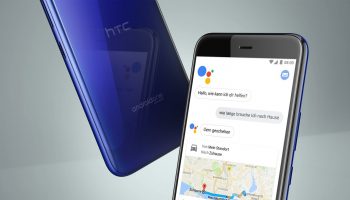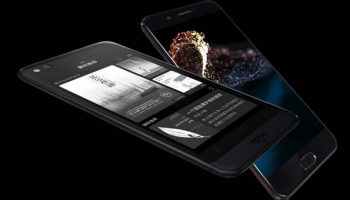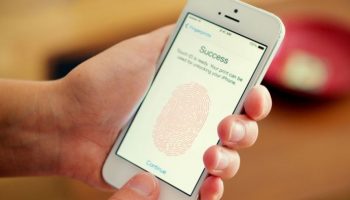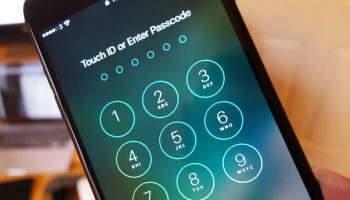Most companies still work to unlock their computers. Experts detect more than 2,000 cyber attacks against companies from 64 countries using Find My Device option.
Dozens of companies are still working to free their computers, blocked by the data hijacking virus. Some have capitulated and have chosen to pay the pirates, who ask for 300 dollars (264 euros) in bitcoin to release the equipment. The hacker’s address to get the revenue in this crypto-currency has received at least 45 transactions and the equivalent of more than 9,000 euros, according to Blockchain, the platform that supports bitcoin. Information indicating that cybercriminals can not actually unlock stolen data because their email account has been blocked helps to ensure that no payments are being made. Ok, what if your iPhone being hacked by the same cybercriminals who have spread Ransomware.
Although features like “find my iPhone” have helped slow down cell phone thefts, they also provide a new avenue of attack for hackers.
The security feature is now being used by hackers to block the hardware of some Apple users, and blackmail them to pay a ransom, or ransomware, for their devices to be unlocked.
Originally introduced by Apple in 2010, the “Find My Device” service allows users to use the GPS location to find exactly where their iPhone, iPad or Mac is. “Lost Mode” allows users to lock their device remotely, prevent a thief from having access to personal information. But unfortunately, that means that if a cyber hacker steals somebody’s login information, he can use it to ask for redemption to regain access to the device.
The rescue message is displayed on the lock screen itself, often with an address from an account to deposit Bitcoin. In most of the cases, the hacker may demand 0.01 Bitcoin to unlock the device, or about $ 50 dollars.
As in all cases of ransomware, the Find My Device general advice is not to pay for blackmail, as this only encourages hackers to continue with their practice. The best option would be to contact Apple directly to help solve the problem.
Although this is still not a widespread problem, there have been several recent reports from users who find their systems blocked without warning. Macmyth.com claims that it is derived from hacks of third-party services, coupled with the old problem of password reuse. That has led to the blocking of some Apple devices.
It also highlights the fact that one of the key issues with Apple’s Find My Device service is that it does not require two authentication factors. That is understandable considering that an Apple user may have only one device of that brand, and therefore, its use would not be possible if it loses it. But that problem could be solved in the style of Google, which offers a backup on secondary devices for these cases.
Even if you have not been affected by this latest attack, regardless of the brand of your device, it is important to use secure passwords, unique login credentials, and two-factor authentication whenever possible. Although that does not guarantee that you can not be hacked, it makes it more complicated to do so, which is often enough to avoid problems.






